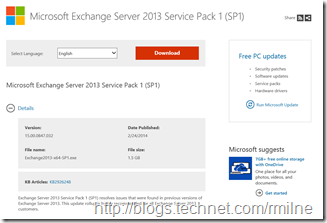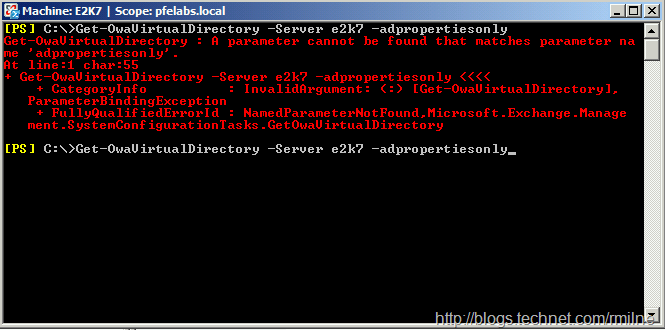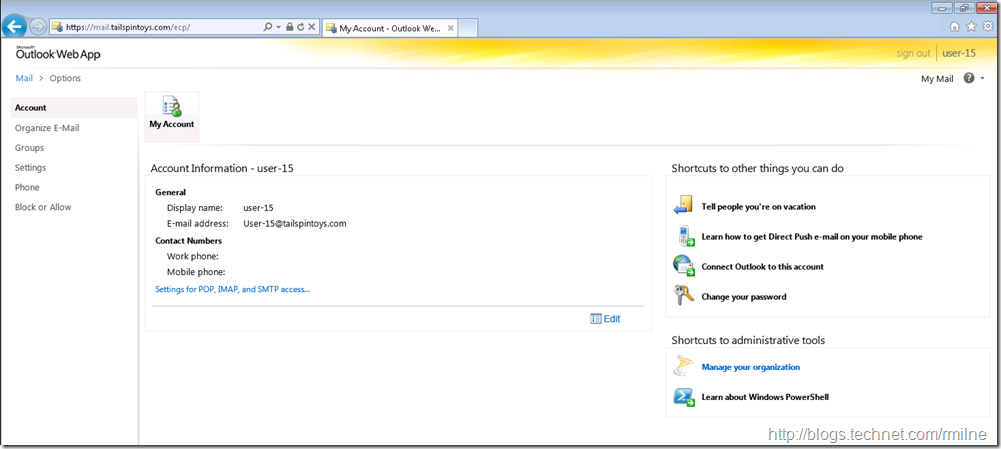Exchange 2007 And 2013 Outlook Anywhere Co-Existence
Since we are still in the early stages of the year, and Exchange 2013 SP1 is now available, we will see lots of migrations to Exchange 2013. Exchange 2013 can be deployed into an existing Exchange organisation where Exchange 2007 SP3 RU10 + and/or Exchange 2010 SP3 exists.
Let's look at an issue that can arise in an Outlook Anywhere co-existence scenario with Exchange 2007 and 2013. After walking … Read the rest “Exchange 2007 And 2013 Outlook Anywhere Co-Existence”



